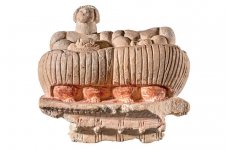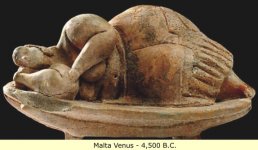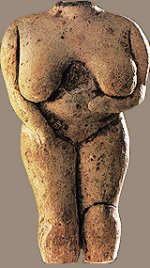Maleth
Junior Member
- Messages
- 1,917
- Reaction score
- 335
- Points
- 83
- Location
- Malta
- Y-DNA haplogroup
- EV13 A7136 y18675G+
- mtDNA haplogroup
- H
I am sure that many of you heard of the theory of Marija Gimbutas of old Europe and the Godess culture, even older than the pyramids of Egypt. Her studies and research were pre dna. Unfortunately I cannot find much information about it. Is her theory more accepted now? and were there any further research in regards to her theory to substantiate or dismiss?. What is your take on this? (Im sorry if there were some older threads on the subject but could not find any directly relevant to this)




